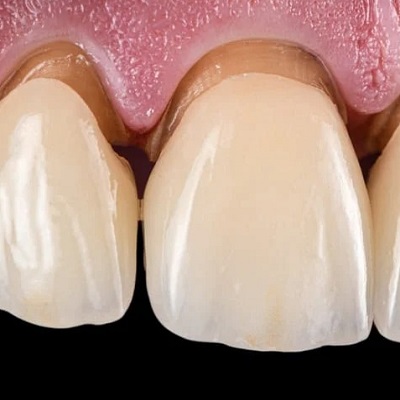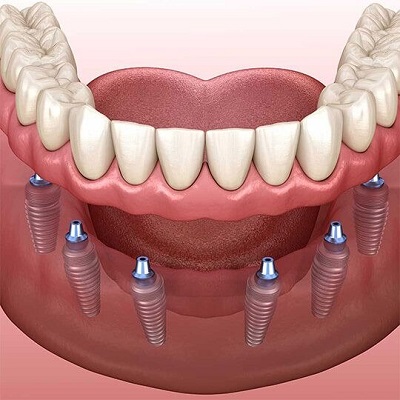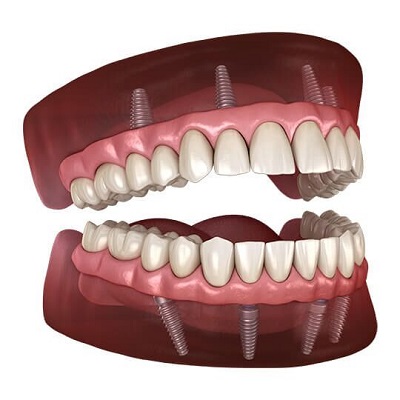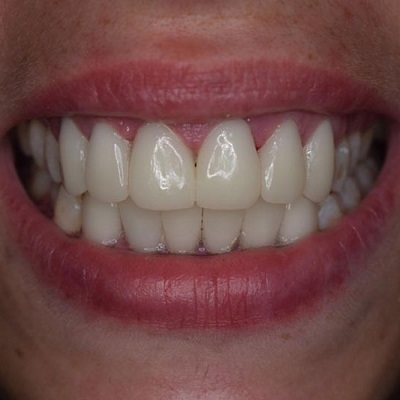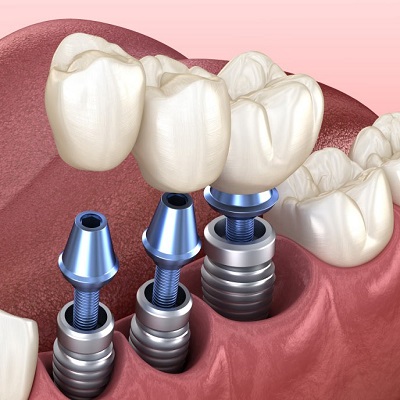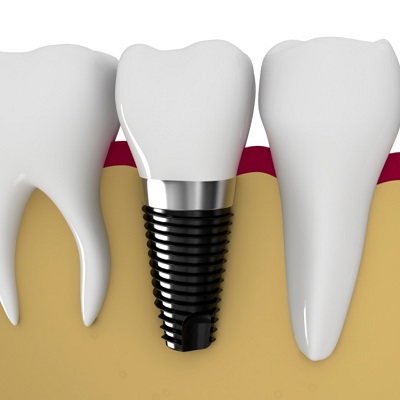 Social Media Content Packs – Stay Active Without Lifting a Finger!
Social Media Content Packs – Stay Active Without Lifting a Finger!
Understanding Dental Plaque and Tartar
Written by anaya george » Updated on: June 17th, 2025

Dental plaque and tartar are common oral health issues that affect millions of people worldwide. Understanding what they are, how they form, and the problems they can cause is essential for maintaining good oral hygiene and preventing dental diseases. Best General Dentistry Dubai into the nature of plaque and tartar, their impact on oral health, and effective prevention and treatment strategies.
What is Dental Plaque?
Dental plaque is a soft, sticky film that forms on the teeth and gums. It is composed primarily of bacteria, food particles, and saliva. These bacteria feed on the sugars and starches in the food you eat, producing acids that can attack the tooth enamel and lead to decay.
Formation of Plaque:
Plaque begins to form on your teeth within minutes after eating or drinking foods that contain sugars or starches. If not removed through regular brushing and flossing, it can harden into tartar (also known as calculus) within 24 to 72 hours.
Consequences of Plaque Build-up:
If plaque is not adequately removed, it can lead to several dental issues:
Tooth Decay: The acids produced by plaque bacteria can erode the enamel, leading to cavities.
Gum Disease: Plaque build-up can cause gingivitis, the early stage of gum disease, characterized by red, swollen, and bleeding gums. If left untreated, it can progress to periodontitis, a more severe form of gum disease that can result in tooth loss.
Bad Breath: The bacteria in plaque produce unpleasant odors, leading to halitosis (bad breath).
What is Tartar?
Tartar, or dental calculus, is hardened plaque that has been left on the teeth for too long and has mineralized. Unlike plaque, which is soft and sticky, tartar is hard and can only be removed by a dental professional.
Formation of Tartar:
When plaque remains on the teeth and interacts with minerals in the saliva, it hardens into tartar. This process can occur in just a few days if plaque is not removed.
Consequences of Tartar Build-up:
Tartar build-up can exacerbate dental problems and make oral hygiene more difficult:
Increased Risk of Gum Disease: Tartar provides a rough surface for more plaque to adhere to, which can lead to more severe gum disease.
Tooth Discoloration: Tartar is porous and can absorb stains from foods and beverages, leading to yellow or brown discoloration of the teeth.
Complicated Oral Hygiene: Tartar build-up can make it more challenging to brush and floss effectively, leading to further plaque accumulation and dental issues.
Prevention of Plaque and Tartar:
Preventing plaque and tartar build-up requires consistent and effective oral hygiene practices:
Brushing: Brush your teeth at least twice a day with fluoride toothpaste. Use a soft-bristled toothbrush and replace it every three to four months.
Flossing: Floss daily to remove plaque and food particles between your teeth and under the gumline where your toothbrush can't reach.
Mouthwash: Use an antibacterial mouthwash to help reduce plaque bacteria and freshen your breath.
Diet: Limit sugary and starchy foods and beverages, as these contribute to plaque formation. Opt for a balanced diet with plenty of fruits, vegetables, and water.
Regular Dental Visits: Visit your dentist regularly for professional cleanings and check-ups. Dental professionals can remove tartar and detect early signs of dental issues.
Treatment of Plaque and Tartar:
While plaque can be removed through daily brushing and flossing, tartar requires professional treatment:
Professional Cleaning: During a dental cleaning, a hygienist will use special tools to remove plaque and tartar from your teeth, particularly in areas that are hard to reach with regular brushing and flossing.
Scaling and Root Planing: For patients with advanced gum disease, a deep cleaning procedure called scaling and root planing may be necessary. Scaling removes tartar from above and below the gumline, while root planing smooths the tooth roots to help the gums reattach to the teeth.
FAQs:
Q: How quickly does plaque turn into tartar?
A: Plaque can start to harden into tartar within 24 to 72 hours if not removed by brushing and flossing.
Q: Can I remove tartar at home?
A: No, tartar can only be removed by a dental professional using specialized tools. Regular dental cleanings are necessary to remove tartar build-up.
Q: How can I tell if I have plaque or tartar on my teeth?
A: Plaque is a soft, sticky film that can make your teeth feel fuzzy. Tartar is hard and rough, and it often causes discoloration. If you notice these signs, it’s important to maintain good oral hygiene and visit your dentist regularly.
Q: Can tartar cause cavities?
A: While tartar itself does not cause cavities, it provides a rough surface for more plaque to accumulate, which can produce acids that lead to tooth decay and cavities.
Q: Is tartar removal painful?
A: Tartar removal is typically not painful, but some patients may experience minor discomfort, especially if there is significant build-up or gum inflammation. Your dentist can use local anesthesia to ensure your comfort during the procedure.
Note: IndiBlogHub features both user-submitted and editorial content. We do not verify third-party contributions. Read our Disclaimer and Privacy Policyfor details.
Copyright © 2019-2025 IndiBlogHub.com. All rights reserved. Hosted on DigitalOcean for fast, reliable performance.


